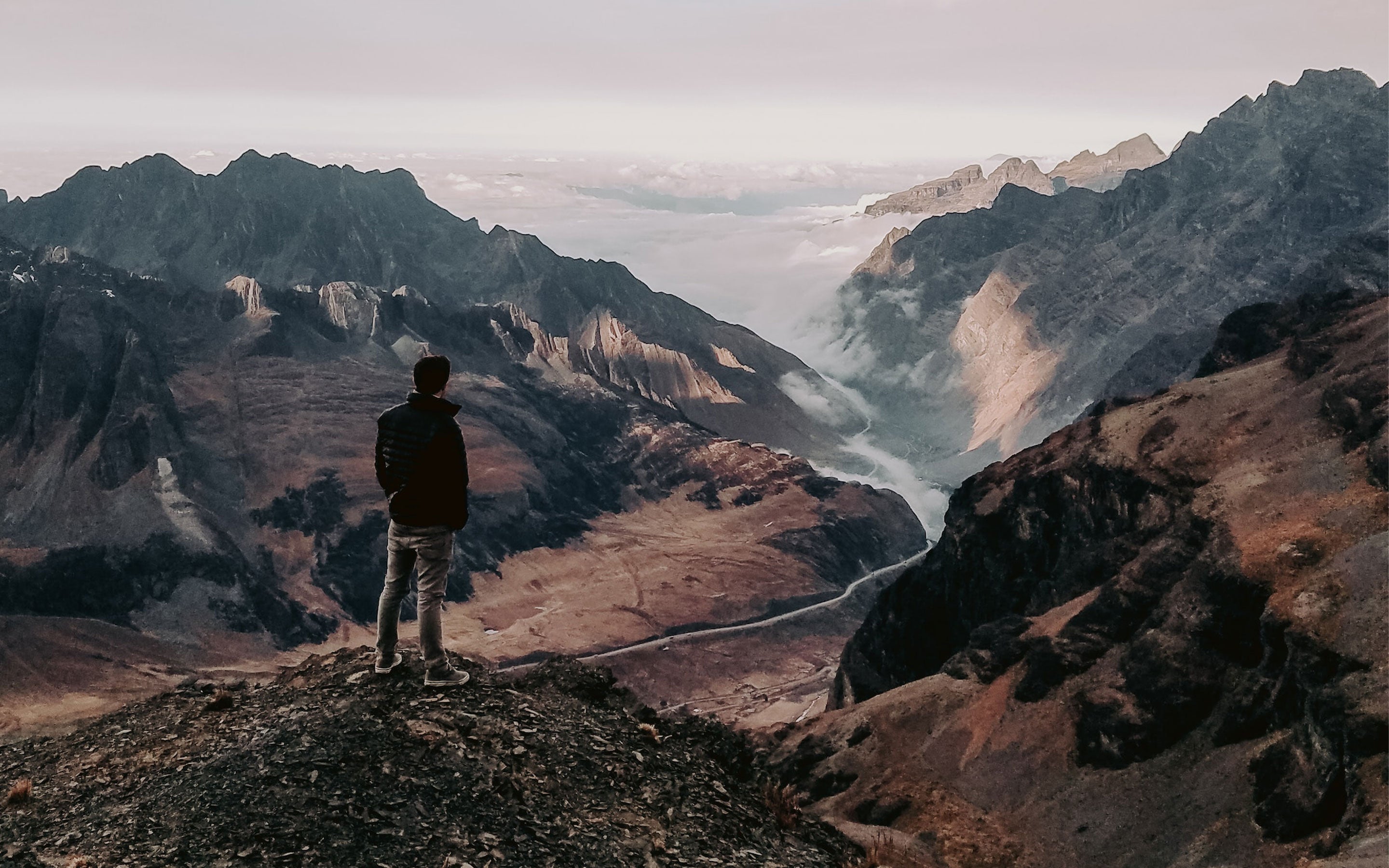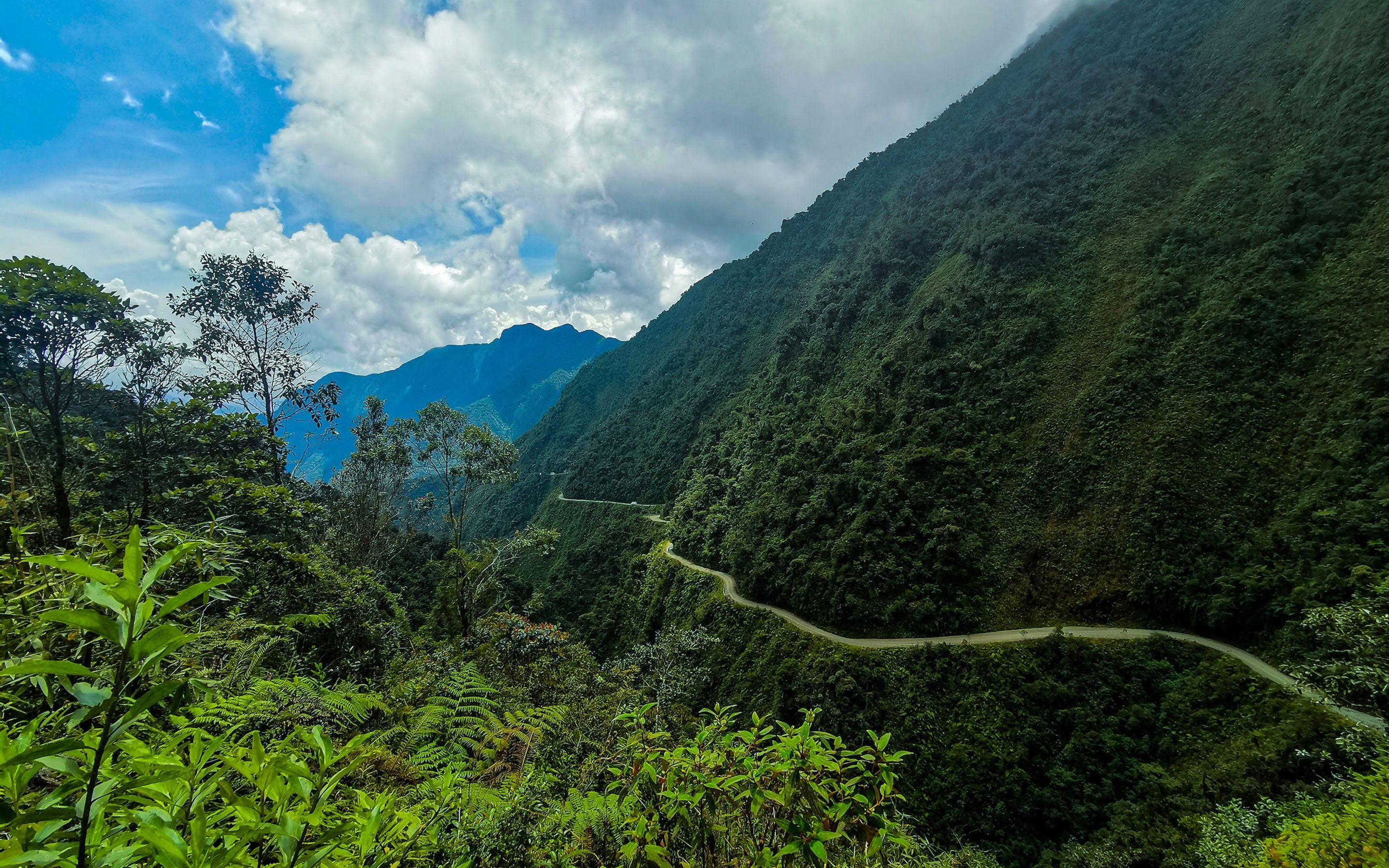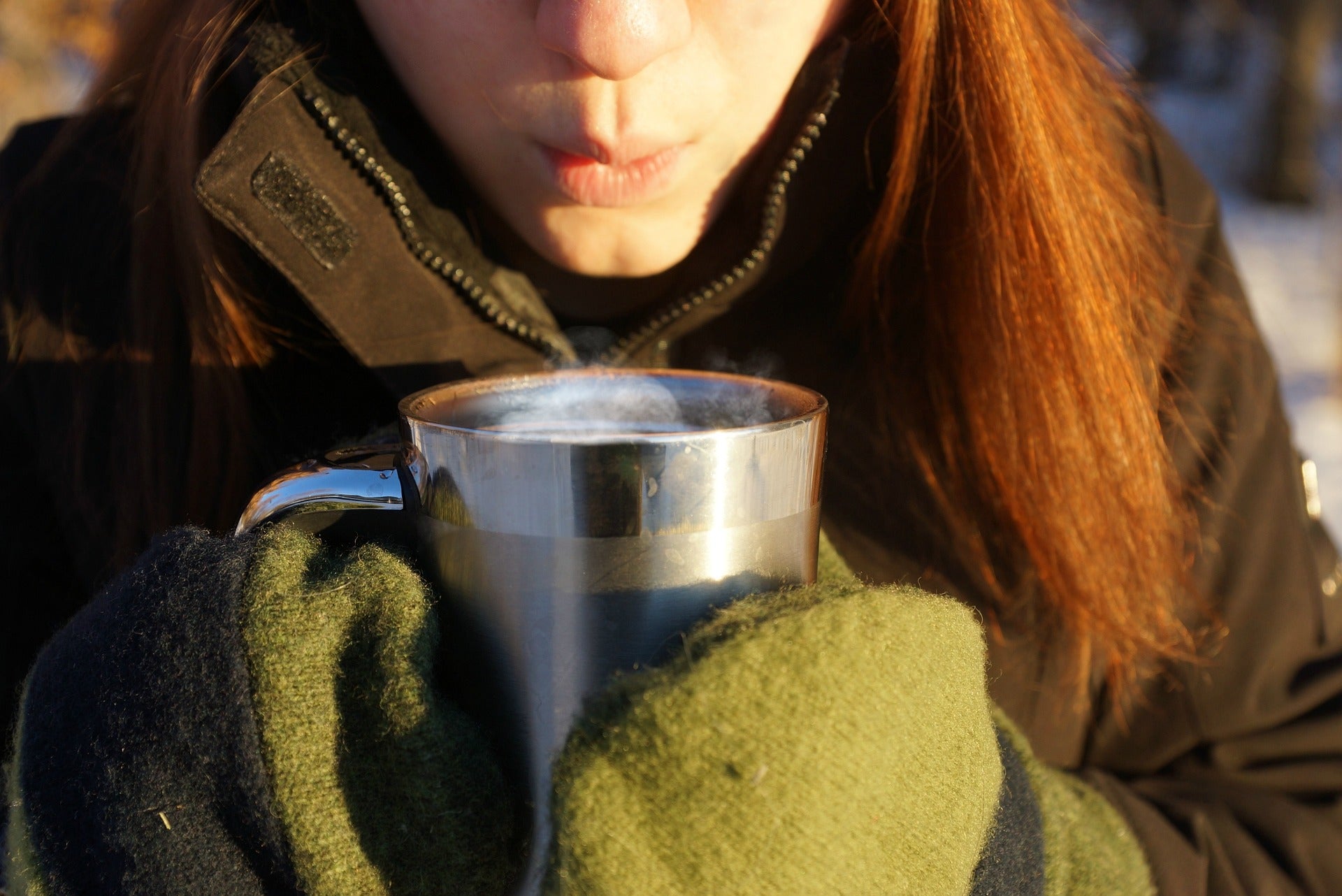High Altitude Coffee Roasting
It’s no secret that coffee grown at a high altitude is more rich and flavorful than coffee grown at lower altitudes. This is because at high altitudes, the coffee beans grow more slowly due to weather conditions, and therefore have more time to develop their natural sugars, resulting in more complex flavors.
The best coffee beans are grown as high as the weather will allow it and preferably in a mountain terrain that allows faster water runoff, this means that the plant absorbs less water resulting in a denser coffee fruit, called cherry.
With roasting, the best results come from roasting at the lowest possible temperature with the least amount of time. If you want to get technical, in high elevations oxygen molecules are further apart at a higher altitude due to the lack of pressure pushing them together.
In higher altitudes, the thin dry air helps avoid baking or scorching the coffee beans which would result in unwanted flavors. Less oxygen and moisture in the air results in a faster roast development over a shorter period of time.
The perfect combo.
When you roast your coffee at a high temperature, the coffee will roast much more quickly. A quick roast will allow the entire flavor compound of the bean to become more pronounced. This means that nutty, chocolaty, fruity, and berry flavors will taste more full in each sip of coffee.
A shorter roast period at a lower temperature results in a smoother, more complex flavor that actually tastes fresher for longer. High altitude roasting results in the smoothest, freshest roast—and therefore results in the best coffee in each cup.
At 13326 feet above sea level. in the outskirts of La Paz city, with a gorgeous view of the Andes mountain range, the Cayubo roastery has a privileged place to ensure a quality roasting process and bring out the best of each coffee bean.
So, to sum it up:
- Lower Oxygen Levels: At higher altitudes, the air has lower oxygen levels compared to sea level. This can impact the roasting process by affecting how the coffee beans interact with oxygen during roasting. The reduced oxygen levels can slow down the oxidation of the beans, preserving their natural flavors and aromas.
- Lower Atmospheric Pressure: The lower atmospheric pressure at high altitudes can also influence the roasting process. It can lead to lower boiling points for water and other volatile compounds, allowing for a more gentle and controlled roasting process. This can help to develop complex flavors in the beans without the risk of over-roasting or burning.
- Faster Roasting Times: The lower boiling points and reduced oxygen levels at high altitudes can lead to slightly faster roasting times. This faster process can help maintain the desired balance between acidity, body, and aroma, resulting in a well-rounded cup of coffee.
- Enhanced Flavor Development: The combination of lower oxygen levels and lower atmospheric pressure can contribute to the formation of unique flavor compounds in coffee beans. These compounds can lead to enhanced aroma, brightness, and overall complexity in the coffee's flavor profile.
- Consistency: La Paz, like many high-altitude regions, has more consistent and stable environmental conditions, including temperature and humidity. This means our roasting is just as awesome, every time.
Join the High Roast Adventure Club
Rooted in the spirit of wilderness and wanderlust, we are a small coffee roastery nestled in the world's highest city.
Here, we fuse the thrill of outdoor exploration with the distinct flavors of artisan coffee, exclusively roasted to perfection.
Created for adventurous souls seeking uncharted paths and unforgettable experiences, our range of coffees reflects your passion for exploration.



